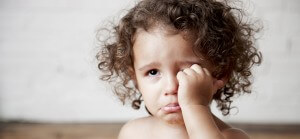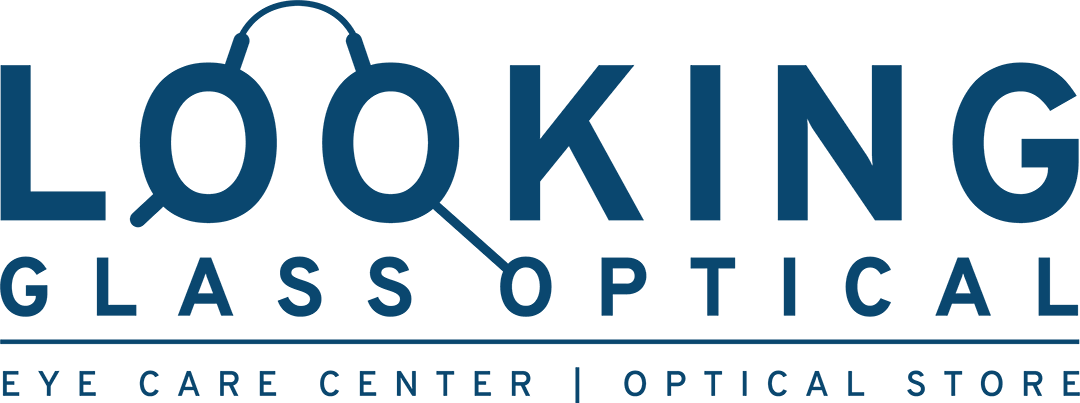
According to American Optometric Association frequently rubbing their eyes can indicate vision problems.
When Take Your Child to the Eye Doctor
Many parents aren’t sure when to go or what the signs are for eye problems in children. The guide below discusses what signs may indicate they need to see an optometrist. It also reviews when to go and how frequently your child needs an eye exam.
Signs Your Child Needs an Eye Exam
If you notice your child has picked up some unusual habits, do not worry. They may just need to see the eye doctor. Sometimes when a child is experiencing blurred vision she/he may not exactly know how to share it with you, especially if they are very young.
According to American Optometric Association parents should watch for the following signs that may indicate vision issues:
- Sitting close to the TV or holding a book too close
- Squinting
- Tilting their head
- Frequently rubbing their eyes
- Short attention span for the child’s age
- Turning of an eye in or out
- Sensitivity to light
- Difficulty with eye-hand-body coordination when playing ball or bike riding
- Avoiding coloring activities, puzzles, and other detailed activities
If any of these signs are prevalent in your child, please schedule an appointment today.
When to Schedule an Eye Exam
When scheduling an eye exam, kidshealth.org recommends choosing a time when your child is usually alert and happy. While the details of an eye examine may vary for a myriad of reasons, you can expect any of the following:
- health history
- vision screening
- testing of eye alignment
- comprehensive eye health examination
- consultation regarding the findings
According to the American Optometric Association, a child’s first eye exam should happen around 6 months to 12 months. Then should receive an eye exam around 3 years of age, and just before they enter kindergarten or the first grade at about age 5 or 6.
For school-aged children, the AOA recommends an eye exam every two years if there are no apparent vision problems. Children who need eyeglasses or contact lenses should be examined annually or according to their eye doctor’s recommendations.
Promoting Eye Care & Health at Home
Bausch and Lomb reports that vision problems affect one in 20 preschoolers and one in four school-age children. Since many vision problems begin at an early age, it’s important that children receive proper eye care. Poor eyesight may affect learning and athletic ability, and self-esteem. Just like any other health issue, if not corrected it could develop into other problems. The simplest solution to protect your child’s vision is having regular eye exams.
There are several things that can be done at home to help your preschooler continue to successfully develop his or her visual skills:
- Practice throwing and catching a ball or bean bag
- Read aloud to your child and let him or her see what is being read
- Provide a chalkboard or finger paints
- Encourage play activities requiring hand-eye coordination such as block building and assembling puzzles
- Play simple memory games
- Provide opportunities to color, cut and paste
- Make time for outdoor play including ball games, bike/tricycle riding, swinging and rolling activities
- Encourage interaction with other children
If you notice any of these signs of eye problems in your child. Contact us today. Whether it is for an examination, contact lenses or frame selection, our mission at Looking Glass Optical is to treat the whole person, not just the eyes. We vow to provide a holistic, personalized approach to vision care. We are proud of our effort to treat, discuss, and explain problems and treatment options. Learn more about our Pediatric Eye Care or call us for any questions you have regarding your child’s eyes.
When you visit our office, your child will experience an enjoyable comprehensive eye exam. Looking Glass Optical utilize state-of-the-art equipment and techniques to thoroughly examine your child’s eyes with personalized communication and care.
